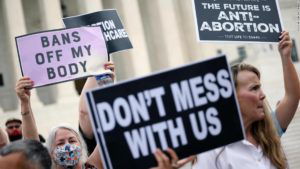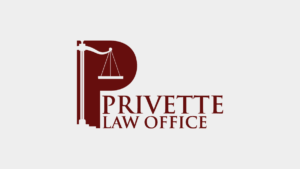
H-1B Transfer of Employer in an Age of No Premium
Dec 21, 2018
Houston, TX (Law Firm Newswire) December 21, 2018 – The American Competitiveness and Workforce Improvement Act (ACWIA) passed in October 21, 1998, and dealt with high-skilled labor immigration through the H-1B visa and helping improve the capabilities of the domestic workforce to reduce the need for foreign labor.
The ACWIA was followed by the American Competitiveness in the 21st Century Act (AC-21) passed in 2000 that virtually restructured the H-1B to permit more temporary workers without making changes to caps (and added more grace years before the cap became binding once again). The rule was published here: 81 FR 82398 (November 18, 2016)
The idea behind AC-21 was to bring business immigration into the 21st century and acknowledge how rapidly modern businesses expanded, hired and shuffled workers. In particular it gave a nod to the fact that an H-1B worker can change employers and work for a new company “upon filing” of the H-1B. “Herein lies the issue with the wording of AC-21,” says respected Huston immigration attorney, Annie Banerjee. “It does not define ‘filing.’ The problem with that is that common law states ‘filing’ is done when the petition is put in the mail.”
Furthermore, the Citizenship and Immigrations Services (CIS), has been doggedly chipping away at AC-21. For instance, if a worker changes jobs and their petition is denied, they lose their status. Previously, these kinds of petitions were handled in Premium Processing and results were available within two weeks. That is not the only change that is going to make a difference to immigrants. The law set fees of $750 for companies with under 25 workers and $1,500 for companies with more than 25 employees. As Banerjee says, the law intends to “educate the American workforce to reduce dependence on foreign workers.”
The real difficulty in this issue is that, since September 11, 2018, CIS removed Premium Processing for Change of Employer and new H-1B cases. The Citizenship and Immigration Services indicates things are to return to normal beginning on February 19, 2019. This move adversely affects not only an employee who would lose status, but also an employer who needs that worker’s services. Business waits for no delays, so does an employer facing this type of obstacle wait for that length of time?
If the prospective employer chooses to not wait, they have two available options. First, the employer can take the risk and forge ahead, because if they are a fairly large company the petition is likely to be approved. The second option is to stay put and risk losing the job. “There are many other factors involved in this conundrum,” Banerjee pointed out. “Take the risk if the job is to work in-house and/or the petitioner is a large company. Conversely, do not take the risk if the petition is filed by a computer consulting firm, particularly if the end client is not a direct client.”
Immigrants who may be confused about the new rule and how it affects them, should seek legal counsel from an immigration attorney who practices business immigration law.
Law Offices of Annie Banerjee
131 Brooks Street, Suite #300
Sugar Land, Texas 77478
Phone: (281) 242-9139
- H-1B denials
So you got your H-1B denied If you read the denial and feel you ARE being denied on grounds that are flimsy and for documents already submitted—-we feel your pain…. - H-1B transfer of Employer in an age of No Premium
AC-21 (ACWIA) was passed by Congress to bring business immigration into the 21st Century. It recognized the speed of modern business and deemed that an H-1B Employee can change employer… - Take the Agency to Federal Court
For some time now, Citizenship and Immigration Service has been acting against legal Immigration, under a “policy” expressed in 4 words by Mr. Trump, “Buy American, Hire American” (hereinafter referred…



